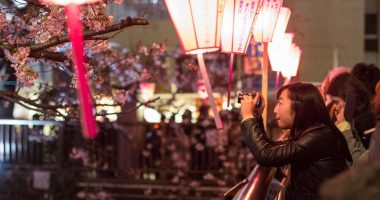If you plan on staying in the capital longer than a couple of days then getting a Suica or Pasmo card is a no-brainer. They are the equivalent of the Oyster card in London or the Octopus card in Hong Kong. They can be charged in under 10 seconds at the machines and save you pouring over the train maps working out the correct fare to get from A to B. They won’t save money, but you will save time and hassle.
What’s the difference between a Suica and Pasmo?
Essentially, nothing. They are sold by different companies but operate in exactly the same manner, cost the same, and can be used in the same places. It’s the same as the difference between a VISA and a Mastercard.
Suica is sold by Japan Rail company and can be purchased at the machines at any JR station. Pasmo is issued by the Pasmo Company and can be purchased at the underground stations in Tokyo. Suica machines are green and Pasmo machines are pink. The fact that there are two electronic cards that serve the same purpose is a result of Tokyo’s complicated infrastructure system which has many different companies operating different lines.
How much do they cost?
The cost for both a Suica and a Pasmo are the same. The cards themselves are essentially free, but a ¥500 deposit is required for both (this is refundable at the stations when you want to return the card). ¥2,000 yen is required when you first get the card—¥500 for the deposit, with the balance of ¥1,500 put on the card.




